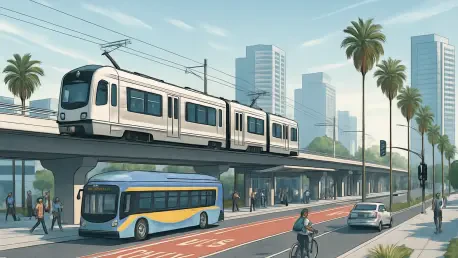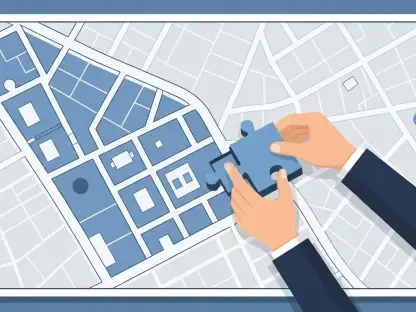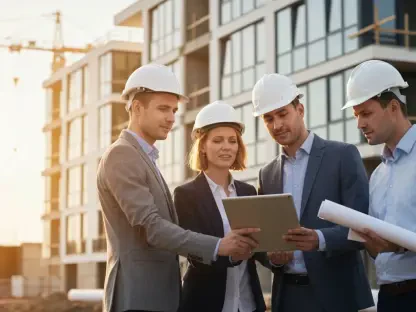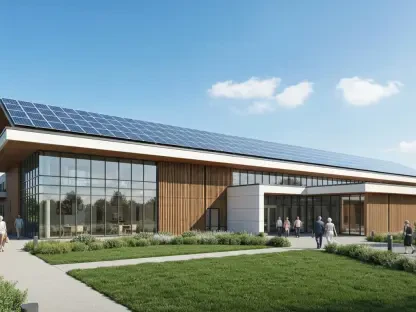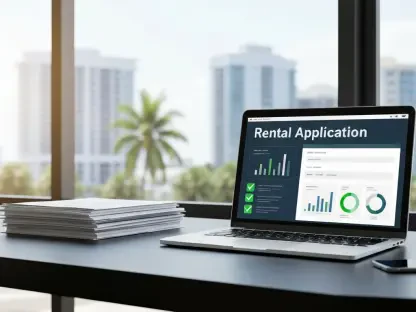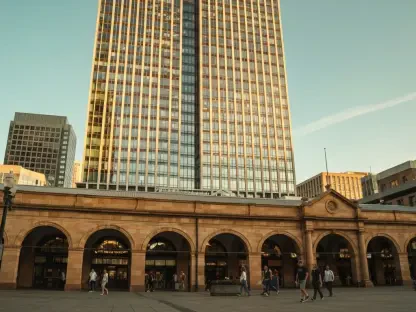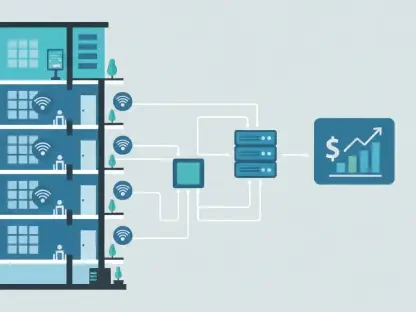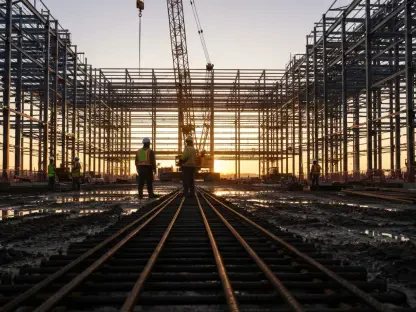I’m thrilled to sit down with Luca Calarailli, a seasoned expert in construction with a deep background in design and architecture. With a career dedicated to pushing the boundaries of infrastructure development, Luca also brings a unique perspective on how technology can transform the industry. Today, we’re diving into his insights on two major preconstruction projects in Los Angeles County, focusing on the modernization of a key transit hub and the groundwork for a new rail line. Our conversation explores the intricacies of these initiatives, from design challenges to cost estimations, and the broader impact on urban transit.
How did you first become involved in large-scale infrastructure projects like the ones we’re discussing today?
My journey into infrastructure started with a fascination for how cities function and connect. Early in my career, I worked on smaller transit designs, but I quickly gravitated toward larger projects because of their complexity and impact. I’ve spent years honing my skills in design and architecture, often collaborating with transit authorities to modernize outdated systems. What excites me most is blending innovative tools with practical solutions, especially on projects like those in Los Angeles, where the stakes are high for millions of daily commuters.
Can you walk us through the overarching goals of the two preconstruction projects currently underway with LA Metro?
Absolutely. The first project focuses on modernizing Los Angeles Union Station, a critical hub for multiple transit modes in Southern California. The aim is to boost capacity and streamline operations through innovative track layouts, while also preparing for future high-speed rail integration. The second project lays the foundation for a new light rail line in southeast Los Angeles County. It involves relocating existing freight lines and utilities to make way for new infrastructure, including a bridge and a station. Both are about enhancing connectivity and preparing the region for growth.
Let’s zoom in on the Union Station modernization. How do you see this transformation impacting daily operations for commuters?
The impact will be substantial. Right now, the station operates as a terminal where trains can only enter and exit from one end, which creates bottlenecks. By introducing run-through tracks on an elevated rail yard, trains will flow through both ends, slashing congestion and increasing capacity by up to 200%. This means more frequent services for Amtrak and Metrolink, shorter wait times for passengers, and a system ready for future high-speed rail. It’s about making transit smoother and more reliable for everyone.
What are some of the biggest design challenges you’ve encountered when planning a project of this scale?
One major challenge is balancing the need for modernization with the station’s historical significance. You can’t just tear everything down; there’s a delicate dance between preservation and progress. Additionally, coordinating with multiple stakeholders—transit agencies, freight operators, and local governments—requires meticulous planning to avoid conflicts. Then there’s the technical side: designing elevated tracks and ensuring they integrate seamlessly with existing infrastructure while minimizing disruptions during construction. Every decision has a ripple effect.
Turning to the Southeast Gateway Line project, can you explain the importance of relocating freight lines and utilities in this context?
Relocating freight lines and utilities is a foundational step for this project. Heavy freight traffic currently runs through areas where the new light rail line will be built, so moving those lines clears the path—literally. It’s not just about space; it’s about safety and efficiency, ensuring freight and passenger services don’t interfere with each other. Utilities, like power and water lines, also need to be repositioned to avoid costly delays during construction. This early work sets the stage for everything else, from building a new bridge to installing a station near the I-105 freeway.
How does the preconstruction phase shape the success of these massive infrastructure endeavors?
Preconstruction is where you lay the groundwork for success or failure. It’s about detailed planning—refining designs, identifying risks, and coordinating with all parties involved. For these projects, it includes everything from initial cost estimates to mapping out construction logistics. We often work through design milestones, like 30%, 60%, and 90% completion, to ensure every detail is accounted for before breaking ground. This phase helps avoid surprises later, whether it’s a budget overrun or a technical snag, by fostering collaboration and clarity upfront.
With project costs potentially reaching hundreds of millions, how do you approach cost estimation to keep things realistic at such an early stage?
Cost estimation at this stage is both an art and a science. We look at historical data from similar projects, factor in current material and labor costs, and account for site-specific challenges like soil conditions or existing infrastructure. We also build in contingencies for inflation and unforeseen issues, especially since these projects span years. Regular design reviews at different stages help refine those numbers. Transparency with clients is key—we need to align expectations early to avoid sticker shock down the line.
What role does technology play in streamlining the design and planning of complex transit projects like these?
Technology is a game-changer. Tools like Building Information Modeling (BIM) allow us to create detailed 3D models that simulate every aspect of a project before construction starts, catching clashes or inefficiencies early. Drones and geospatial mapping give us precise site data, which is critical for planning relocations or track alignments. Even AI is starting to help with cost forecasting and risk analysis. These tools don’t replace human expertise, but they amplify it, letting us make smarter decisions faster and with more confidence.
Looking ahead, what is your forecast for the future of urban transit infrastructure in regions like Los Angeles?
I’m optimistic but realistic. Urban transit in places like Los Angeles is at a tipping point—there’s huge demand for sustainable, efficient systems as populations grow and car dependency becomes less viable. I expect we’ll see more investment in light rail, high-speed connections, and multimodal hubs over the next decade. But the challenge will be funding and public support; these projects are expensive and often face pushback. If we can leverage technology and innovative financing models, though, I believe we’ll build systems that truly transform how people move through cities.
